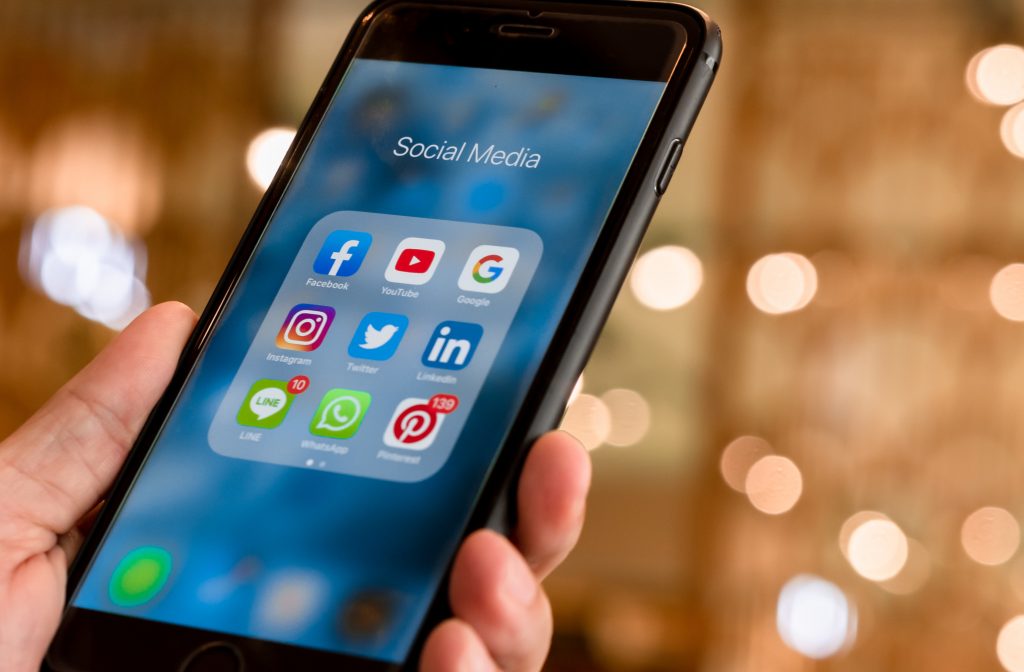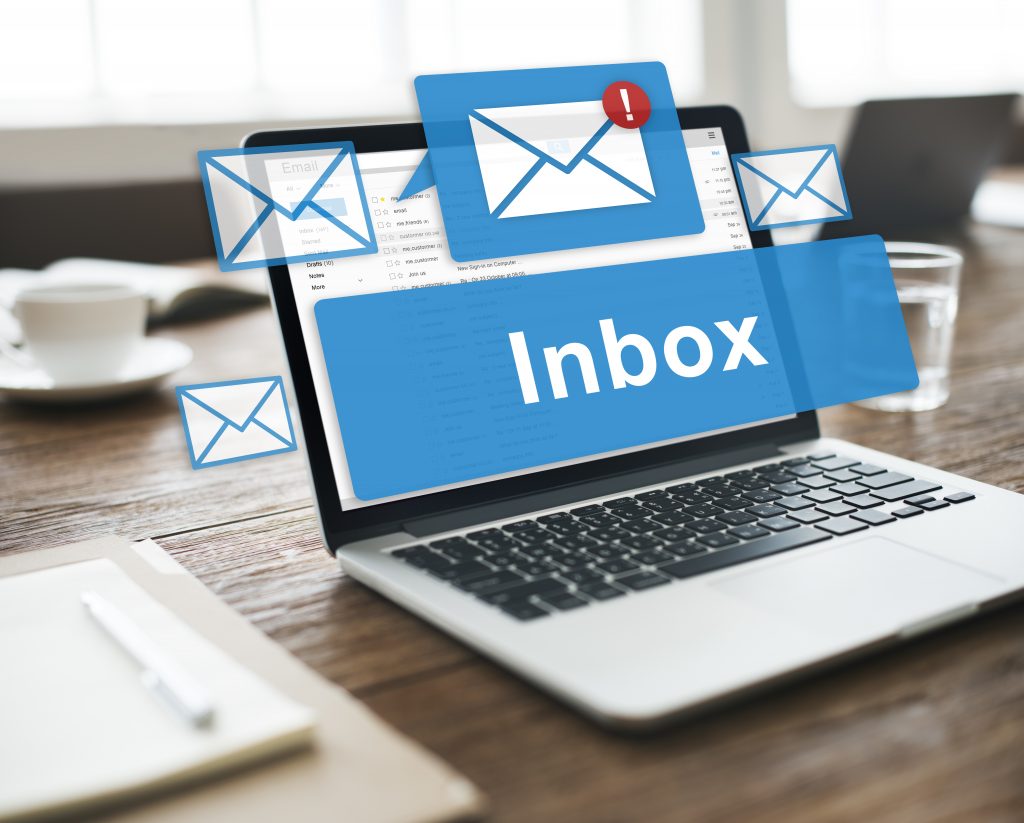When starting, growing or even just maintaining a business, finding and retaining an audience and customer base is paramount. A good marketing strategy will contain various forms of audience communication that supports positive interactions without pestering your potential customers.
So how do you create such a marketing strategy, and why is it so important?
What Does It Mean to Communicate with Your Audience?
To find clarity regarding this often-confusing concept, it’s important to first ensure that you have an accurate understanding of what it means to communicate with your audience.

One term used to describe communication with your audience is ‘customer engagement.’ As defined by Hubspot, customer engagement is “the process of interacting with customers through a variety of channels and strengthening your relationship with them…Companies can interact with customers via social media, email, websites, community forums or any other space where they’re communicating or consuming content.”
Essentially, when you are communicating with your customers or audience in a positive manner, you are engaging with them.
Another word that’s often used in marketing circles is a ‘touchpoint’ or ‘touch.’ When a customer or audience member interacts with your brand, whether that be by receiving communication, seeing advertising, interacting with an employee or even just observing a sign outside your headquarters, that person has been touched by your brand.
Experience Investigators describes touchpoints as:
In terms of customer experience, touchpoints are more than just transactional moments. They’re critical interactions within the customer journey that help define key moments in the process.
Regardless of what you want to call it, it all boils down to the same thing: getting your message across to your audience or customers.
Why Is It Important?
The importance of communicating with your audience may seem like a fairly self-explanatory concept, but there are many aspects that can be overlooked when marketers put together their marketing strategies.
Obviously, if your potential audience has not yet been communicated with, they more than likely don’t know of your brand’s existence. So, the first and most glaringly obvious reason to communicate with a potential customer is to inform them of your products or services.
Once they know of you, the next step is to foster a positive relationship with them. This can be done through a variety of methods. Square 2 recommends the following:
1. Customization and Personalization Build Customer Relationships
Personalizing marketing communication, such as emails, ensure that customers feel like they’re valued and seen as people, not numbers.
2. Build Trust by Increasing Transparency
Giving your audience a behind-the-scenes look at your company’s decision-making process is a genuine way of building a long-term relationship with a customer.

3. Focus Less on the Sale
Rather than focusing on always pushing a product or service in your marketing strategy, get to know each customer and what they’re looking for. By focusing less on the short-term, you can build longer-term relationships, and secure more business in the long run.
4. Provide the Right Content at the Right Time
Support your customers through the buying cycle by ensuring you address their individual needs and concerns. By doing so, you can offer a better customer experience.
5. Engage in Collaborative Selling
This is a new idea where you invite the customer to work hand in hand with your sales people to craft customer solutions that fit them. By doing so, your customers will feel more satisfied with the service you provide.
Additionally, by communicating with your customers or audience, you can get a better idea of their needs and how you can meet them. This allows you to tailor your marketing, products and services to better serve your customers, which in turn, will improve your relationship with them.
Communicaid also points out that having an ongoing rapport and good level of trust with your customers will make change, such as the rebranding of a product, easier to implement.
Where Should You Communicate With Your Audience?
Knowing where to engage and communicate with your audience is not as simple as understanding why it’s important. Several decades ago, marketing was primarily conducted through print, broadcast, direct mail or telephone. Today, there are as many marketing channels as there are stars in the sky, primarily thanks to the internet.
Between online advertising on social media, websites, search engines and content marketing through blogging, social media posts and much more, it’s hard to keep track of the long list of possible channels your brand could take advantage of.
Thankfully, you don’t need to promote or advertise your brand on all of them, nor should you. Just as it’s important to tailor your communication to your audience, you should also choose to focus on the marketing channels that best match your audience. This will first and foremost depend on the type of people that make up your audience (also known as your audience persona).
We have previously discussed the methods for defining your audience as well as finding the best marketing channels to reach them, but here are the top takeaways that every marketer should focus on:

1. Who do you want to purchase your product? What kind of lifestyle does your ideal customer lead? (Ex: young women, between 18 and 30, who prioritize physical and mental wellness.) Having a clear picture of your target audience will assist in discovering which channels will work the best for them.
2. There are many factors that influence the effectiveness of a marketing channel for a specific audience, including age, location, interests, education and what your product is. Just because one marketing channel is more prevalent, that doesn’t mean your target audience may use it.
3. Defining which channels offer the easiest way for you customers to find your business and make a purchase can help you narrow the list of possibilities.
4. Just because there are ten marketing channels that may work for your audience, that does not mean you should immediately begin using all of them. Rather than overstretching your brand, focus on a few key channels first. Quality will always trump quantity.
How Often Should You Communicate With Your Audience?
Before the internet, the Rule of 7 dominated the marketing world. As said by Kruse Control Inc., the rule states that prospective customers need to see a brand’s marketing or advertising at least seven times before they will be compelled to make a purchase. However, is that rule still applicable in an age where the average American will be exposed to hundreds of ads a day?
Among marketers, there’s little consensus on a perfect amount of interaction with potential customers to compel a purchase, but pretty much everyone agrees that it’s much higher than seven interactions (some estimates go as high as several hundred interactions).
On the opposite end of the spectrum, marketers must also keep from overwhelming or annoying their audience by bombarding them with advertisements or other marketing materials.
So how do you find the perfect middle ground between too little contact and too much?
One strategy, that we mentioned above, is focusing on quality over quantity. One piece of quality content that your customers engage with and which fosters a positive relationship is worth far more than many pieces of quick, meaningless content.
It is also equally important to ensure that you are interacting regularly and that there are no gaps in your marketing strategy. As said by Forbes, keeping to a consistent schedule creates a better customer experience and helps build credibility, reputation and brand trust.

Another piece to the customer interaction puzzle is that each audience may have different expectations for the frequency of communication. For example, a younger audience may want to see social media posts every day, whereas an older audience that infrequently checks social media may prefer weekly posts so they’re not inundated with notifications.
To further complicate matters, social media platforms and search engines often make changes to their algorithms, which can include choosing to show more or less from a brand depending on their posting frequency.
In short, there is no magic formula and no one knows how much communication is the perfect amount. It all depends on your brand, your audience and the marketing channels you choose to employ.
The best advice that we can give you is to experiment and pay attention to your analytics. For example, start with a strategy to post to your social media platforms every day for 30 days. Then, for the next 30 days, switch to posting three times a week. At the end of two months, compare the analytics and see which strategy resulted in the highest levels of engagement from your audience. This can be applied to any type of communication for which there is a method to track engagement, including email marketing, direct mail, online advertising and much more.
Check out these articles on our blog for more in-depth information on this subject.
Now Put It All Together
The next step, after understanding the when, where and why of audience communication, is to use your findings to put together a comprehensive marketing strategy. For assistance, we have a helpful blog post to help you get started.
Let Three Girls Media Assist with Your Marketing Strategy
If you would prefer to focus on the business side of things and let others manage your marketing strategy, please contact us at Three Girls Media for a complimentary consultation. We have a full staff of seasoned marketing professionals who are eager to help you reach your marketing goals.
Special Offer:
Sign up for a complimentary consultation during December and receive an Annual Marketing Planning Guide valued at $475! We offer a 30-minute phone consultation with our CEO, and can answer your questions and discuss your specific marketing needs - no strings attached. Call 408-218-2391 or contact us today to arrange your consultation!

